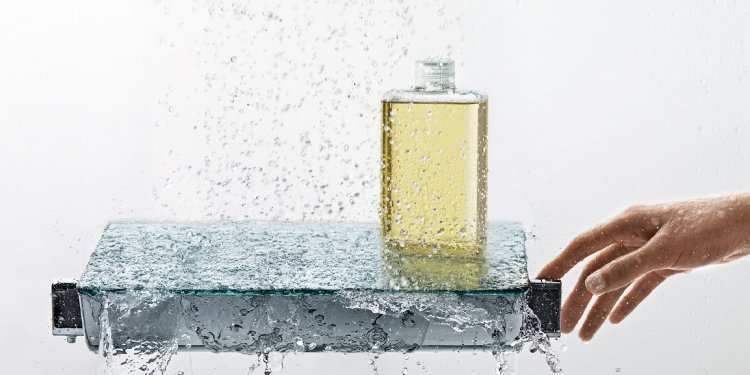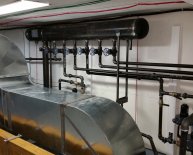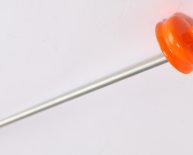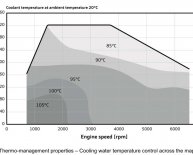
Shower water temperature control system
This unbiased thermostatic shower valve buying guide will show you how to buy the best scald-free or pressure-balance valve for safe and comfortable showers.
Here’s the typical scenario: Just as you’re enjoying a nice, warm shower, a blast of icy cold water races shivers down your spine. Or, worse, somebody flushes a toilet and the shower water sizzles your skin.
Startling thermal shocks from cold or hot water can trigger serious falls, particularly in older or physically challenged people. And, because children have thinner skin than adults, they are especially vulnerable to scald burns from hot water.
For a simple scald-prevention measure, lower the water heater thermostat to 120 degrees F. To check your hot water’s temperature, place a meat thermometer in a glass and run hot water into it for two minutes.
The way to eliminate those temperature shifts is to install a pressure-balance anti-scald valve or thermostatic shower valve in the shower wall where the shower controls are located (see How a Shower Works). This holds true for bathtubs, too.
A thermostatic shower valve may control only the shower or the tub spout or, if it is a diverter valve, both tub and shower. These maintain water temperature at a safe level, despite fluctuations in water supply lines.
The problem that causes temperature fluctuations is basic. When a toilet is flushed, cold water flows into the tank to refill it, causing the water pressure in the cold water pipes to dip. If this happens when you’re showering, less cold water reaches the shower valve, changing the comfortable hot/cold mix to hot only. If someone turns on a hot water faucet elsewhere in the house, the opposite can happen—the hot water drops and you get a shot of cold. This problem is exacerbated in plumbing that’s clogged with mineral deposits, in relatively small (1/2-inch or smaller) supply piping, and in showers with low-flow shower heads.
Pressure-Balance Shower Valves
A pressure-balance anti-scald valve is designed to compensate for changes in water pressure. Though it looks like any other shower or tub valve from the outside, it has a special diaphragm or piston mechanism inside that moves with a change in water pressure to immediately balance the pressure of the hot and cold water inputs. These valves keep water temperature constant, within plus or minus 2 to 3 degrees F., by reducing water flow through either the hot or cold supply. Most reduce water flow to a trickle if the cold water supply fails.
Flow can be a problem with pressure-balance valves, particularly in homes where the shower includes a personal hand shower and/or a multiple-head shower system. Most pressure-balance valves are either full-on or full-off.
Thermostatic Shower Valves
Where flow and volume control are important, a better choice is a thermostatic shower valve. Most of these have 3/4-inch inlets that can blast a flood of water through multiple shower heads and will maintain the water temperature within 1 or 2 degrees F. of the set temperature.
“Choose a thermostatic over pressure-balance valve if you want maximum flow and volume control, ” says Rick Brandley of George’s Pipe & Supply in Pasadena, California. ”A thermostatic valve will allow you to maintain a set temperature when you turn the valve off and on if you like to soap up and then rinse.” Of course, you’ll pay for the difference. Whereas a pressure-balanced valve will typically cost from $80 to $250, a thermostatic valve with a volume control (a separate feature with most), may run $400 or more depending on the features and trim.
Shower Valve Requirements
he popularity of valves with scald-protection is driven by codes that require these products in new construction. In addition, all major plumbing certification and code organizations have adopted anti-scald requirements that call for plumbing fixtures to have a built-in means of controlling maximum water temperature delivered through tub spouts and shower heads.

















